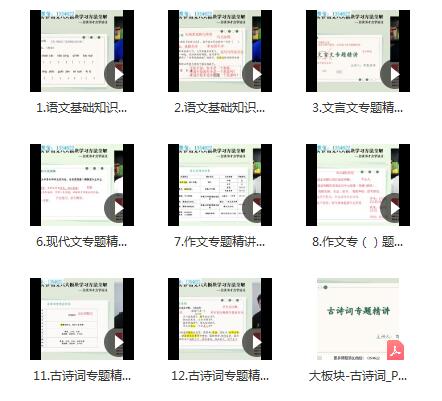机器学习方法评估疫情期间北京空气质量变化
发布于 2021-04-26 04:01 ,所属分类:知识学习综合资讯
Track Your Accepted Article
Changes in air pollutants during the COVID-19 lockdown in Beijing: Insights from a machine-learning technique and implications for future control policy
与南信大申卫收教授合作指导硕士生户家宝论文被ASOL接收!
摘要:基于2015-2020年北京35个环境空气站和20个气象站观测资料,应用机器学习方法(随机森林算法)分离了气象条件和源排放对大气污染物浓度的影响。结果发现,为应对疫情采取的隔离措施使北京2020年春节期间大气污染物浓度降低了35.1%—51.8%;其中,背景站氮氧化物和一氧化碳浓度的降幅最大,超过了以往报道较多的交通站点。同时,2020年春节期间的气象条件不利于污染物扩散,导致多次霾污染事件发生。为进一步改善北京空气质量,未来需要优化减排策略。
关键词:机器学习;大气污染;去气象化;COVID-19;减排策略
The COVID-19 lockdowns led to abrupt reductions inhuman-related emissions worldwide and had an unintended impact on air qualityimprovement. However, quantifying this impact is difficultas meteorological conditions may mask the real effect of changes in emissionson the observed concentrations of pollutants. Based on the air quality andmeteorological data at 35 sites in Beijing from 2015 to 2020, a machinelearning technique was applied to decouple the impacts of meteorology and emissionson the concentrations of air pollutants. The results showed that the real (“deweathered”)concentrations of air pollutants (expect for O3) dropped significantly due to lockdown measures.Compared with the scenario without lockdowns (predicted concentrations), the observedvalues of PM2.5,PM10, SO2, NO2 and CO during lockdowns decreasedby 39.4%,50.1%, 51.8%, 43.1% and 35.1%, respectively. Inaddition, a significant decline for NO2 and CO was found at thebackground sites (51% and 37.8%) rather than the transport sites (37.1% and 35.5%),which is different from the common belief. While the primary emissions reducedduring the lockdown period, episodic hazeevents still occurred due to unfavorable meteorological conditions. Thus, developingan optimized strategy to tackle airpollution in Beijing is essential in the future.




















![新CES高中五科视频教程,掌握学习方法,事半功倍![百度网盘分享]](https://static.kouhao8.com/cunchu/cunchu7/2023-05-18/UpFile/defaultuploadfile/230430ml/172-1.jpg?x-oss-process=image/format,webp/resize,w_88/crop,w_88,h_88,g_nw)












相关资源